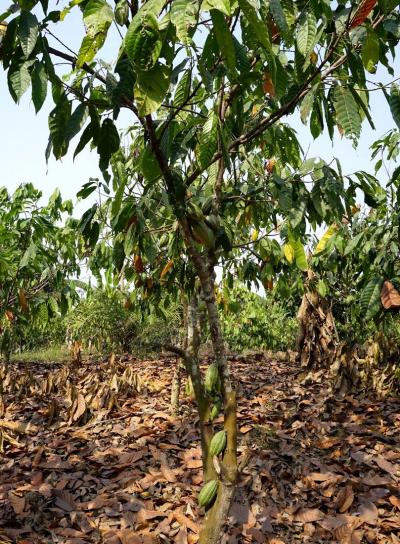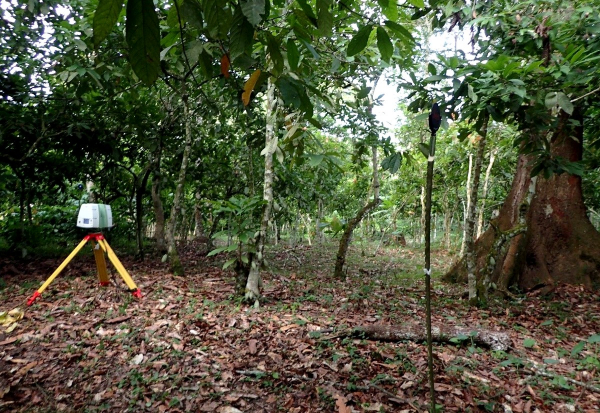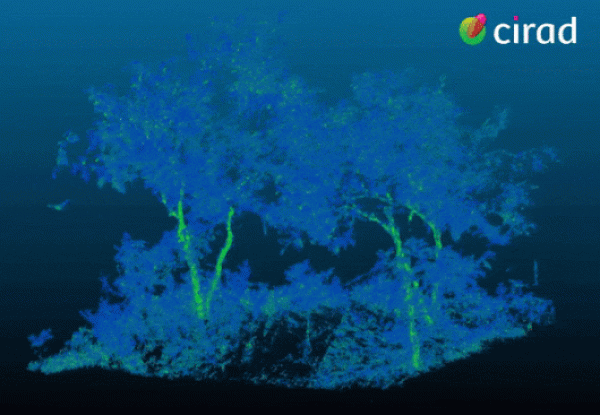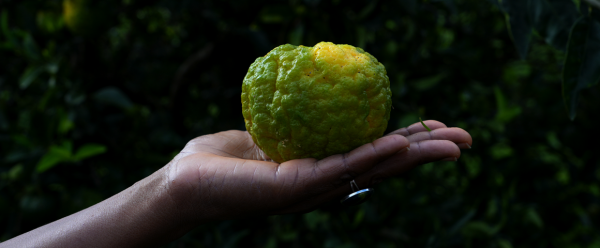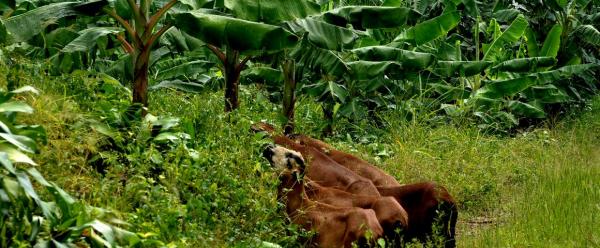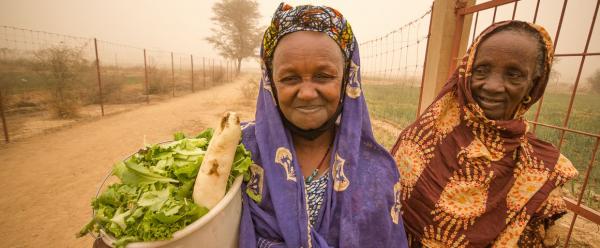Science at work 16 December 2025
- Home
- CIRAD news
- News
- AI model agroforestry
Using artificial intelligence to model complex agroforestry systems
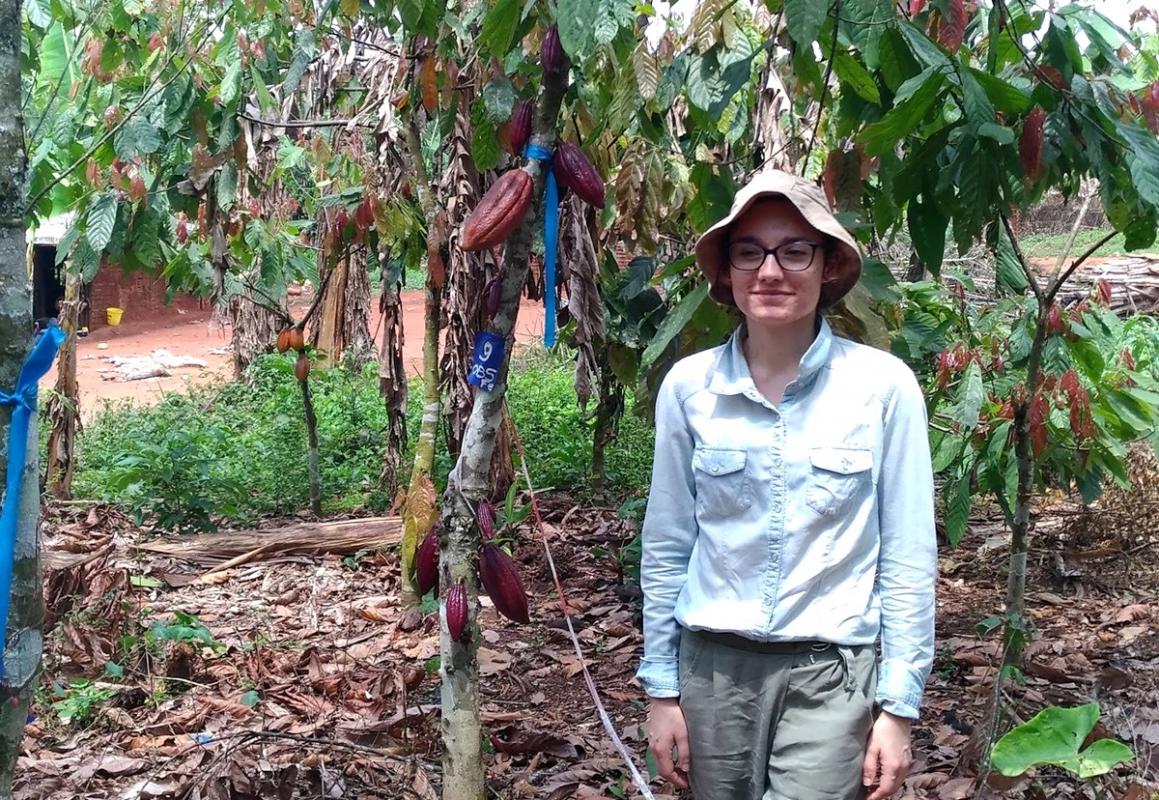
Modelling complex agroforestry systems is a real challenge. To succeed, researchers at CIRAD and their partners* had the idea of using artificial intelligence. This ambitious research is being conducted in the context of the Deep2PDE project coordinated by Émilie Peynaud, a numerical analyst and modeller at CIRAD. The project focuses on cocoa agroforestry systems in central Cameroon. “These agroforests are characterized by high diversity: cocoa trees, different fruit trees and several other plants. In addition, they are not organized geometrically, which further complicates our goal of representation ”, says Émilie Peynaud.
The many virtues of agroforests
Agroforestry has several key advantages for agricultural production, but also for the environment. Pod production is admittedly slightly lower than in full sun, but it requires significantly less fertilizer and pesticides. It is also more stable and cocoa trees have a longer lifespan. The diversification of crops, which are for own-consumption and for sale, guarantees food security, additional income, and also resilience to changing climate or economic conditions. From an ecological viewpoint, agroforestry systems have a far higher level of biodiversity than monoculture, and the soils are protected from erosion and naturally enriched by plant litter.
Modelling to understand and optimize systems
The goal of the researchers is to design a model capable of representing an agroforestry system and simulating its functioning in order to make it more productive. Conventional methods used to model the living world consist in building equations based on expert knowledge. However, according to Émilie Peynaud, “although agroforests are now well understood by agronomists at CIRAD, their complexity and, in particular, the number of parameters and interactions to be taken into account, make it impossible to use conventional modelling methods. On the other hand, the use of neural networks seems to be a very promising approach ”.
Artificial intelligence to reveal mathematical equations
Deep2PDE was officially launched during a workshop in March 2019 in Yaoundé (Cameroon). The first stage is to design a global representation of a plant using simple data such as leaf area per unit volume, all in space and time. “Neural networks will be a valuable tool to enable us to extract the mathematical equations that can govern parameters such as leaf growth dynamics ”, says Émilie Peynaud. “We will begin with neural networks that already exist, but we plan to subsequently adjust their architecture ”. But the challenge does not stop there. Whereas most similar research is based on fictitious data, the team of scientists will be using real data acquired through laser remote sensing (LIDAR) in cocoa agroforestry systems.
* University of Yaoundé 1 (Cameroon), Sorbonne University (France) and IRD (France ).

























